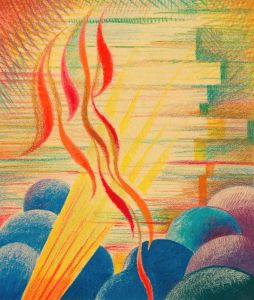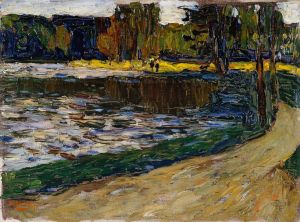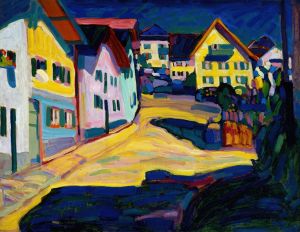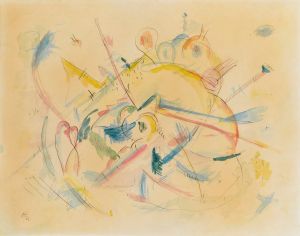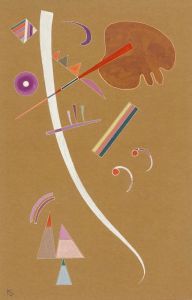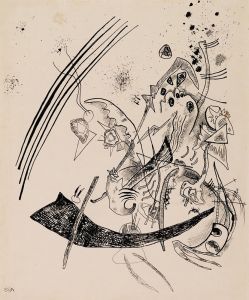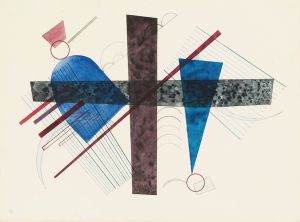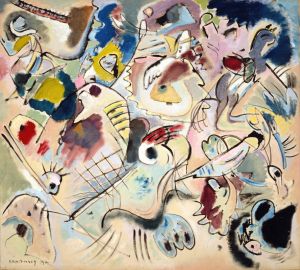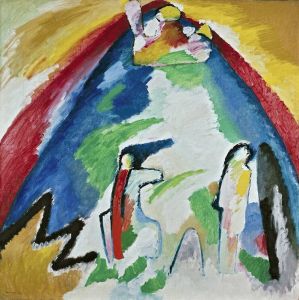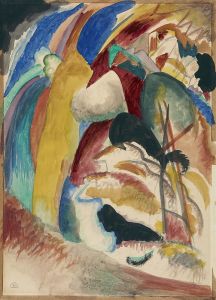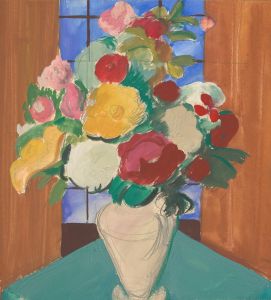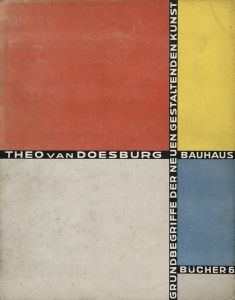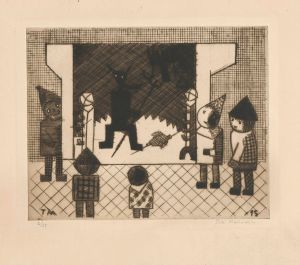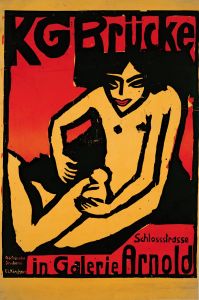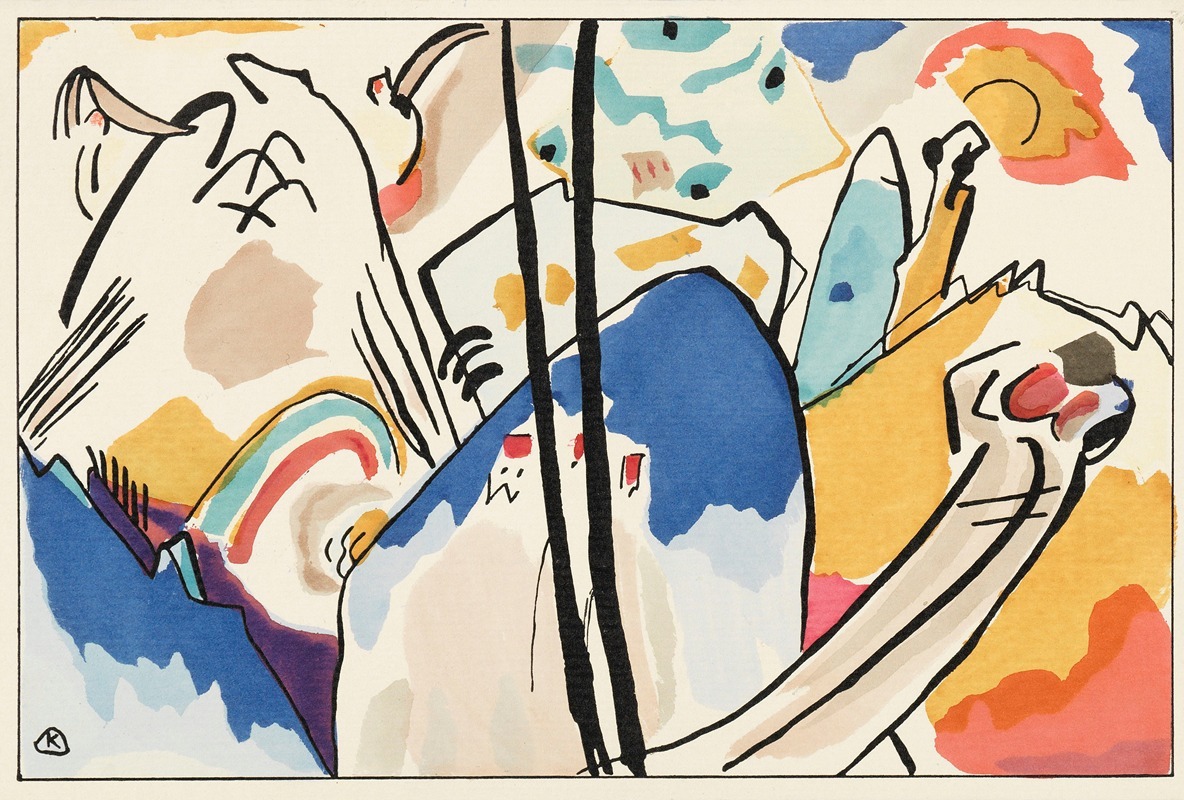
Der Blaue Reiter
A hand-painted replica of Wassily Kandinsky’s masterpiece Der Blaue Reiter, meticulously crafted by professional artists to capture the true essence of the original. Each piece is created with museum-quality canvas and rare mineral pigments, carefully painted by experienced artists with delicate brushstrokes and rich, layered colors to perfectly recreate the texture of the original artwork. Unlike machine-printed reproductions, this hand-painted version brings the painting to life, infused with the artist’s emotions and skill in every stroke. Whether for personal collection or home decoration, it instantly elevates the artistic atmosphere of any space.
"Der Blaue Reiter" (The Blue Rider) is a painting created by the Russian artist Wassily Kandinsky in 1903. Kandinsky, who is often credited with painting the first purely abstract works, was a pivotal figure in the development of modern art. This particular painting is one of his earlier works and is notable for its vibrant use of color and dynamic composition.
The painting depicts a lone rider on horseback, galloping through a meadow. The rider is dressed in blue, which is a color that Kandinsky frequently used and associated with spirituality and the transcendent. The horse and rider are rendered in a somewhat abstract manner, with the forms being simplified and the colors being more expressive than realistic. The background features a landscape with rolling hills and a few trees, painted in a way that emphasizes the movement and energy of the scene.
"Der Blaue Reiter" is significant not only as a work of art but also because it lent its name to the influential art movement that Kandinsky co-founded. In 1911, Kandinsky and fellow artist Franz Marc established the Der Blaue Reiter group, which included other artists such as August Macke, Gabriele Münter, and Paul Klee. The group was part of the larger Expressionist movement and was dedicated to exploring the spiritual and symbolic potential of art. They believed that color and form could convey deep emotional and spiritual truths, and they sought to break away from traditional artistic conventions.
The Der Blaue Reiter group published an almanac in 1912, which included essays, illustrations, and musical scores that reflected their interdisciplinary approach to art. The group's activities were cut short by the outbreak of World War I, but their ideas continued to influence the development of modern art.
Kandinsky's use of color in "Der Blaue Reiter" is particularly noteworthy. He believed that colors had an intrinsic spiritual quality and could evoke specific emotions and states of mind. In this painting, the blue of the rider's clothing contrasts with the warmer tones of the landscape, creating a sense of harmony and balance. The dynamic composition, with its sweeping lines and energetic brushstrokes, conveys a sense of movement and freedom.
"Der Blaue Reiter" is housed in the Städtische Galerie im Lenbachhaus in Munich, Germany. The Lenbachhaus has an extensive collection of works by Kandinsky and other members of the Der Blaue Reiter group, making it an important destination for those interested in early 20th-century art.
In summary, "Der Blaue Reiter" by Wassily Kandinsky is a significant work that exemplifies the artist's early style and his interest in the spiritual and expressive potential of color and form. The painting not only represents a key moment in Kandinsky's artistic development but also serves as a symbol of the broader Der Blaue Reiter movement, which played a crucial role in the evolution of modern art.





